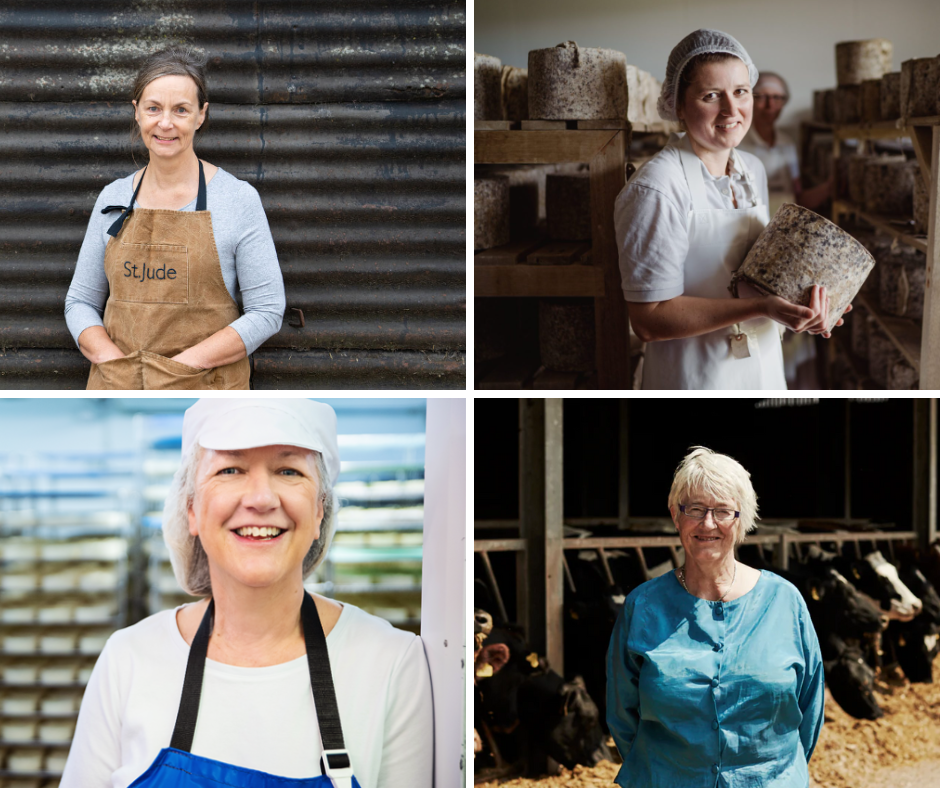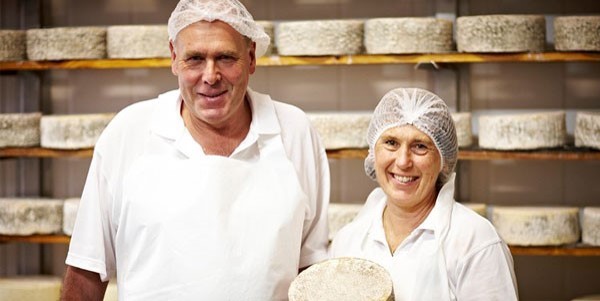Learn the Art of Floridia Cheese: An Overview to Cheese Makers Melbourne
Learn the Art of Floridia Cheese: An Overview to Cheese Makers Melbourne
Blog Article
Unlocking the Secrets of Artisanal Cheese Making: A Step-by-Step DIY Overview
In the realm of cooking workmanship, artisanal cheese making stands as a testament to the fragile balance between practice and development. Each action in the process, from picking the best milk to developing aging methods, holds within it a wide range of expertise gave with generations. As we begin on this trip to debunk the art of creating beautiful cheeses, we are confronted with a tapestry of keys and abilities waiting to be unraveled. Join us as we explore the details of this ancient craft, where patience, science, and art converge to generate flavors that entice the senses.
Selecting the Right Milk
When beginning on the journey of artisanal cheese making, the selection of milk plays an essential duty in identifying the quality and features of the last product. The type of milk selected impacts the flavor, appearance, and on the whole account of the cheese.
When selecting milk for cheese production, it is very important to take into consideration the fat material. Greater fat content in milk can result in a creamier and richer cheese, while reduced fat web content may lead to a drier and stronger structure. Furthermore, the resource of the milk, whether from cows, goats, sheep, or buffalo, adds unique tastes and features to the cheese (Melbourne Made Cheese). Each sort of milk brings its very own subtleties, permitting a variety of cheese selections to be crafted based upon the selected milk. Eventually, the option of milk is a fundamental choice that sets the structure for an effective artisanal cheese-making endeavor.
Culturing and Coagulating
To launch the cheese-making process, the important actions of culturing and coagulating must be carefully carried out to transform milk into curds and whey. The kind of culture made use of can considerably impact the flavor, appearance, and ripening of the final cheese product.

The timing and temperature level control throughout culturing and coagulation are essential factors that affect the final end result of celebrity. Appropriate execution of these steps is vital to make sure the preferred appearance, flavor, and uniformity of the artisanal cheese being generated.
Draining and Pressing Curds
After the milk proteins have actually coagulated and the curds have been cut to launch whey, the next essential action in artisanal cheese making includes draining pipes and pressing the curds to attain the wanted texture and uniformity of the final cheese item. The time for draining pipes can vary depending on the type of cheese being made and the wanted moisture find more information material.
Pushing assists remove any remaining whey and compacts the curds to create a solid cheese wheel. Proper pushing and draining are essential actions that dramatically influence the high quality and qualities of the artisanal cheese being created.
Aging and Flavoring Techniques
Applying thorough aging and flavor methods is critical in improving the deepness and intricacy of artisanal cheeses, raising their taste accounts to exquisite levels of refinement and elegance. Aging plays a vital function in developing the one-of-a-kind flavors and textures that identify artisanal cheeses.
Flavoring techniques likewise contribute substantially to the final preference of artisanal cheeses. Cheesemakers may pick to introduce extra tastes by integrating ingredients such as natural herbs, seasonings, or also fruits right into the cheese throughout the production procedure. Furthermore, some cheeses are cleaned or scrubed with various fluids, such as brine or alcohol, to boost their flavors and appearances.
Wrapping and Saving Cheeses

Final Thought
In final thought, understanding the art of artisanal cheese making includes carefully selecting the best milk, adhering to exact culturing and coagulating procedures, draining and pushing curds efficiently, and utilizing numerous aging and flavoring strategies. Keep in mind to cover and keep your cheeses effectively to make sure ideal flavor and helpful hints appearance development.
Each kind of milk brings its very own nuances, permitting for a vast range of cheese selections to be crafted based on the picked milk.After the milk proteins have actually coagulated and the curds have been reduced to release whey, the following vital step in artisanal cheese making entails draining and pushing the curds to attain the desired appearance and consistency of the last cheese product. Many cheeses must be wrapped in wax paper or cheese paper to permit them to breathe while shielding them from drying out. For cheeses that require to continue aging, such as bloomy skins or washed skins, ensure they are stored in a great environment like a cheese cave or a fridge set to the suitable temperature level. By paying interest to the wrapping and storage of artisanal cheeses, cheese makers and enthusiasts can protect the stability of these delicacies and fully appreciate their intricate flavors.
Report this page